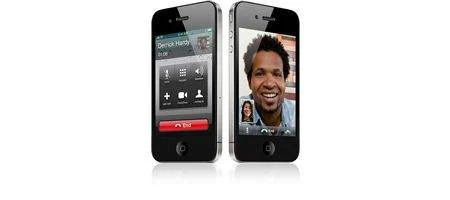When the Atlantis space shuttle makes its final flight later this year, it will carry two iPhone 4s – not so that the four astronauts can chat with friends and family at home, but as the basis for several experiments.

The Limb Tracker navigation experiment aims to allow astronauts to estimate their altitude above the Earth, and will involve taking photographs of the Earth and matching an arc to the horizon bymanipulating an overlay.
The Sensor Cal calibration experiment uses a series of photos of a reference image, combined with propagated information using three-axis gyro and accelerometer measurements, and is aimed at improving the calibration of the phones’ gyros and accelerometers so that such measurements will be more accurate in future.
And a State Acquisition experiment uses a series of reference image photos and of the Earth, combined with information from the three-axis gyro and accelerometer, to estimate the position of the spacecraft.
Finally, the Lifecycle Flight Instrumentation experiment will examine the effects of radiation on the device by monitoring certain areas of memory for Single Bit Upsets – an unintended change in value of a memory location caused by exposure to radiation.
“The revolutionary iPhone 4 offers an extraordinary opportunity to demonstrate serious functions previously reserved for more expensive, purpose-built devices,” says Brian Rishikof, CEO of Odyssey Space Research, which has designed the experiments.
“The potential for using iPhone 4 to both conduct and support in-space research and operations is enormous.”
Meanwhile, Odyssey is releasing an iOS app designed to allow Earth-bound enthusiasts to carry out similar experiments themselves – although certain activities have to be simulated to take account of Earth’s gravity. It’s available from the App Store for $0.99.






